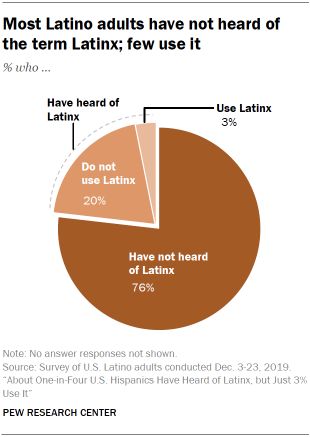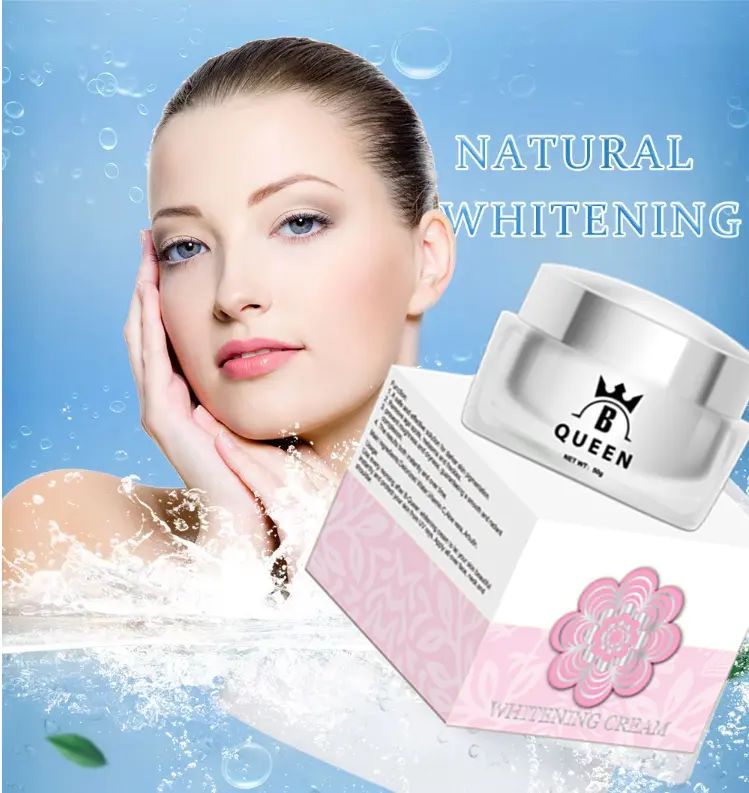Podcast: Play in new window
Subscribe: Apple Podcasts | RSS | More
Freda Wallace is the cohost of the Gender Nebulous podcast.
Statistics of the sharp rise in the number of referrals to the Tavistock clinic, and their age distribution are here, and here.
False claims that puberty blockers, given to children to delay typical-age puberty are ‘completely reversable’ are incredibly common, and have been made by the taxpayer-funded GenderEd, authored by a TCD academic, on the website of the Irish Association for Counselling and Psychotherapy, Gay Community News, the student paper Trinity News, and Noah Halpin of TENI, quoted without challenge on RTÉ.


The NHS has changed its website to remove claims that puberty blockers are ‘fully reversible‘, now saying ‘it is not known what the psychological effects may be … It’s also not known whether hormone blockers affect the development of the teenage brain or children’s bones. Side effects may also include hot flushes, fatigue and mood alterations.‘
Reuters have reported how a 10-year-old, who said they were trans at the age of two years, according to the parents, both themselves trans, became a model at New York Fashion Week.
Girls, overwhelmingly those who are lesbian and bisexual, and aged 13 – 15 are vastly overrepresented in the young people referred to the Tavistock clinic, in particular those diagnosed as on the autistic spectrum, and suffering from an array of mental health difficulties, to the degree that they make up the bulk of the explosion in the number of child referrals since 2010.
The Cass Report on the investigation into the Tavistock clinic found that the UK’s Care Quality Commission “reported that when it inspected GIDS, there did not appear to be a formalised assessment process, or standard questions to explore at each session, and it was not possible to tell from the notes why an individual child might have been referred to endocrinology whilst another had not.” The report concluded that as well as problems from increasing demand, the Tavistock “model is not a safe or viable long-term option in view of concerns about lack of peer review“.
*****
You have to admire the con.
Sometimes, you really have to hand it to them, they crafted the whole thing so excellently; they tailored every detail to appeal to the vanity, the self-regarding superior smugness of the mark. It wasn’t just a generic con, it was perfectly honed to the target.
And the one thing about a con is that the victim is always complicit in the con; in fact the mark, as they are called in the business, is never really a victim, because they are the person who is conning themselves. So you get the line in The Streets song,
You’ll never con an honest John
You’ll never con an honest John, because for the con to be successful, the mark has to really want to be conned.
In case you have been living under a rock, or you happen to be a normal person who doesn’t obsess over drama in the media bubble, the con that I’m talking about, the excellent, perfect, really delicious con was an article that was published in the Irish Times under the headline Irish women’s obsession with fake tan is problematic.
Well the first thing that is problematic is the use of the word problematic. Problematic is one of those weasel words that allows someone to say something is wrong, but also allows them to scurry away from accountability when they are challenged to justify what they are saying. The word ‘problematic’, saying something is problematic in this context, means saying that it is wrong, morally wrong, but it allows the person saying that it’s wrong to avoid the scrutiny of anyone who actually asks them to justify why they say it is wrong.
In case you didn’t catch the article, it claimed to be written by a woman who was a relatively recent immigrant from Ecuador, and it basically accused Irish women who wear fake tan of being racists. It didn’t quite say it like that, it said that wearing fake tan, quote, ‘perpetuates colourism and racism’. Again with the weasel words, does accusing someone of perpetuating racism mean that you are accusing them of being racists? Well, yes it does, but it also leaves a sort of an escape hatch to allow the speaker to claim that they didn’t really mean that, in case they are challenged to justify the accusation.
Anyway, to say that there are multiple red flags that show this article is a hoax isn’t the half of it. The first red flag is literally in the opening words. ‘I am a Latinx woman of colour’. Latinx, we are helpfully scolded, is ‘a term used to describe people of Latin American heritage’. Except it’s not, at least it’s only used to do that used by a clique of people anxious to polish their politicised halos by showing off of how inclusive they are in their language. The main thing that they show off is that they have no clue what they are talking about; the word is supposed to be a gender-neutral replacement for the words Latino and Latina, that have crossed over from Spanish into American English.
The problem is that those words are gendered; Spanish words ending in ‘o’ universally refer to males, words ending in ‘a’ refer to females. This even persists into personal names, Mario is male, Maria is female. There is no translation of the word ‘it’ into Spanish, or any other romance language for that matter, every noun, without a single exception, is either masculine or feminine. Gender-neutral terms are something that just don’t exist in romance languages, in the same way that the Eskimos don’t have 72 words for drunk, like we do, or something.
That provides a dilemma for the ultra-politically correct, whose impulse to be inclusive of Spanish-speakers in the US, who are often poor or immigrants or both, it conflicts with their impulse to crowbar gender-neutrality into their language at every opportunity.
So they invented the word Latinx. This was not invented by Spanish-speakers or, I would say, anyone who had even a passing acquaintance with the Spanish language. If they had, they would know that, as well as the alienness of the concept of gender-neutral language, the letter ‘x’ is almost non-existent in Spanish.
The highly respected pollsters Pew Research found that the vast majority of Latino people in the US have never heard the term, and of the minority who have heard it, the vast majority of them reject it and never use it to describe themselves or others. ‘Latinx’ is a term invented, and used exclusively by people who don’t apply it to themselves. If ever you wanted an example of cultural imperialism, ‘Latinx’ is probably as good as you’ll get.

Now, Irish Times journalists are not stupid people. Jennifer O’Connell, the newly-appointed Opinion Editor of The Irish Times, who presumably approved printing this hoax article, is not a stupid person. I have no doubt that she is aware of the issue around the word ‘Latinx’, even if it is more pertinent on the other side of the Atlantic. I’m sure that if she, or whoever approved the article, had paused to think for a moment, she would have twigged the implausibility of that word being used by an Ecuadorian immigrant to Ireland. But that’s the point. She didn’t pause to think.
I got on to Jennifer O’Connell, I asked whether they have, and whether they followed verification procedures for unknown opinion writers; she told me that she would not be commenting.
Another red flag – there are too many to count – is in the core complaint of the supposed writer.
‘When a white Irish woman dons a fake tan for a night out, she is essentially wearing a costume that allows her to experience a fleeting taste of a more exotic identity, without having to endure the lived experiences of people with naturally darker skin tones.’
Well, one red flag is why a recent immigrant from Ecuador is speaking English as though she was a professor of political studies at a $200,000-a-year university in the US, but the red flag I want to look at is that this is just wrong, saying that fake tan is intended by Irish women to allow themselves experience a fleeting taste of a more exotic identity is wrong. I don’t mean morally wrong, or an opinion that I disagree with. It’s just an incorrect statement of facts, and incorrect facts that would be well-known to all the arts graduates who run the Irish Times.
Beauty standards are well-understood to be signals of two things. Wealth and Health. Shining hair, good teeth, good skin all signal to a potential mate that you have good genes and are likely to be alive to take care of offspring, and they are universal beauty standards. Trappings of wealth signal to a mate that you have enough resources to provide for those offspring, and they can change over time.
Long, ornate fingernails indicate that you are rich enough not to have to do housework. Before the industrial revolution, a suntan meant that you worked outside in the fields, so you were poor, so it was considered attractive to be pale. The wealthy covered themselves with white powder to accentuate that effect.
After the industrial revolution, the poor worked indoors in factories all day, and the rich could afford sunshine holidays, and in the 1920s Coco Chanel popularised having a tan, so the perception of beauty flipped, and that effect was accelerated by the change to colour photography in the 1960s.
So the suggestion that white women having a tan is in some way them culturally appropriating the skin tone of other races, or ‘part of a global pattern that fetishises and commodifies the physical features of marginalised groups’ as the article claims, is not true. That’s not something that is debatable, it’s just factually wrong. Tanning, fake or otherwise is trying to appear rich, not trying to appear a different race.
But changing your skin tones certainly does have racial overtones sometimes. I’ve seen in Thailand and also Brazil that skin lightening products are a colossal market. It seemed to me on the side of almost every bus in Bangkok was an advertisement for creams that would permanently or temporarily make you look whiter. Well, make Thai people look whiter, I don’t think it would be possible to make me look any whiter, but I’m not the target market.
There is also a booming cosmetic surgery market for operations to artificially sculpt the flesh to make East Asian people’s eyes rounder and another surgery to artificially create a visible second fold on their eyelids, to be closer to the typical European look, and appear less Asian.
And in case you were thinking that skin whitening wasn’t racially charged, you should note that models who appear on the sides of almost every bus in Bangkok advertising whitening creams all have – through surgery or photoshop – they all have very prominent rounder, European-type eyes and double eyelid folds.

Rounder eyes with a double eyelid fold are strongly considered more attractive, and this could be a proxy effect, appearing more European is considered more attractive by virtue of being associated with being richer, but there’s no question of the racial element.
Now, none of this nuance was considered by the Irish Times when they printed the nonsense that Irish women wearing fake tan ‘part of a global pattern that fetishises and commodifies the physical features of marginalised groups’. And again, that issue of chasing whiteness is not something that would be news to the well-informed journalists there, when I Googled for images of Thai whitening cream ads, I got as many images from stories about them in the Western press about that as I did from actual ads.
Other tells that this article was a hoax – and there were many – other tells include the name of the supposed author, Adriana Acosta-Cortez, a transparent echo of the name of the hero of the right-on, US congress member Alexandria Ocasio-Cortez. The photo of the fictional Cortez, published with the article was pretty obviously AI-generated, it showed an overweight caricature of an activist with – of course – blue hair.
So why didn’t they pause for thought when they got this story with so many red flags? Why did they rush to publish so hastily an article about such a big issue. As the piece itself says, correctly as it happens, the Irish market accounts for 60 per cent of Penney’s global fake tan sales.
Actually that’s the clue why. In fact, that is the most perfectly crafted part of the con, dropping in the single mention about how fake tan is largely sold through places like Penney’s, the one store that screams ‘working class’ to any middle-class Irish person.
With that line, dropped in artfully halfway through the article, the author telegraphed exactly what the writers and readers of the Irish Times wanted to hear. It’s not they, who can afford to get their tan burning their way through the atmosphere on foreign holidays who are problematic, it’s working class people who buy their tan in a bottle in a cheap department store, they’re the ones who are problematic.
That’s the beauty of the con. The Irish Times didn’t question the veracity of this ludicrously obvious hoax, because it told them what they wanted to hear. It confirmed that they were the good, honourable people with the correct opinions and the noble motives and, most importantly, it confirmed that when they curl their lip in disgust at the working-class Irish people who shop in Penney’s, that’s not prejudice. No, not at all.
It’s nothing more than a concern about their ‘problematic’ behaviour like wearing fake tan, and the impact that it has on the lived experiences of the sort of people who clean the houses and mind the children of the Irish Times set.
That’s why the Irish Times were so eager to con themselves into printing this, and it’s notable that the Irish Times was to the fore in the observation recently that protests against immigrants were an example of how anger could be misdirected by forces on the right, to distract from the real causes of poverty and deprivation in our society. And that’s correct.
But that only sits comfortably with the Irish Times set as long as the villain of the narrative is someone who, however secretly, they really do despise. What do you think would be the chances of the Irish Times printing a story, real or hoax, a story written by a working-class Irish person, saying that immigrants are the ones who are problematic?
This affair skewered perfectly the hypocrisy of the Irish Times, and it did it in a fantastic, subtle, almost artistic way. That’s why they are too embarrassed to answer questions about it, it exposes so much more than sloppy procedures.







